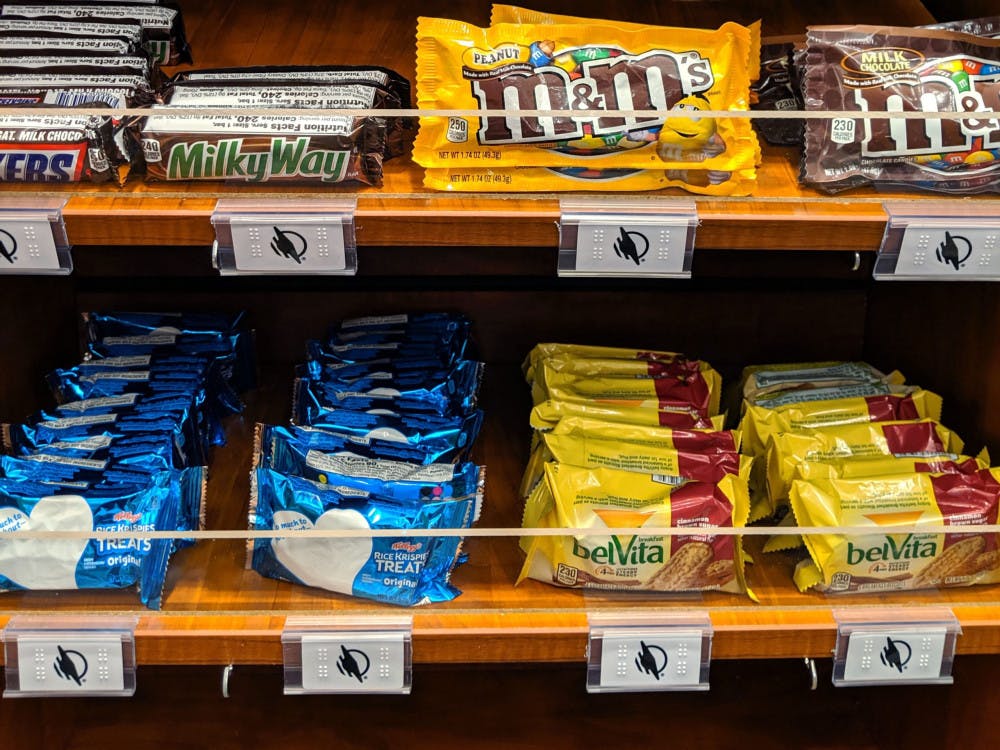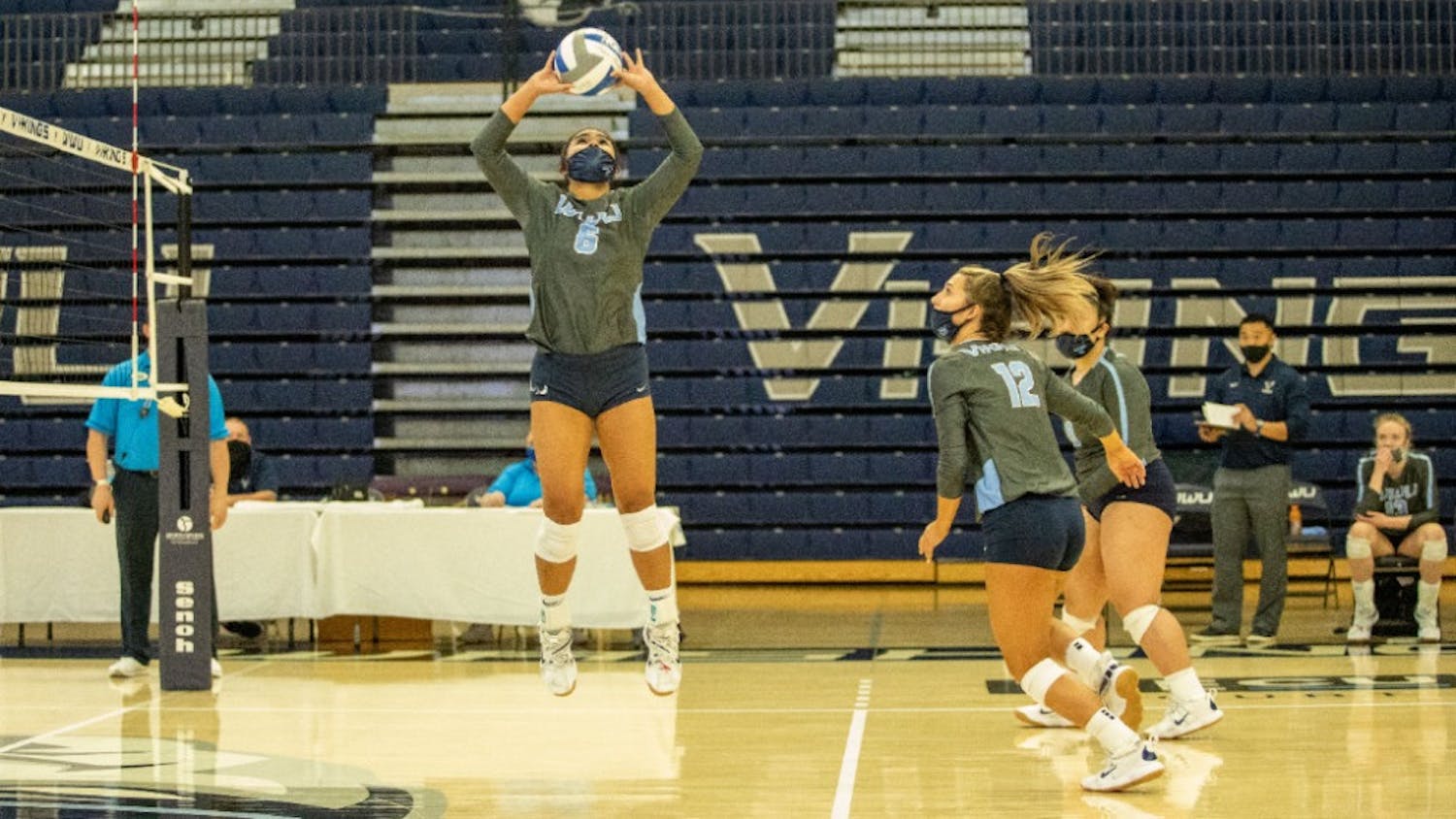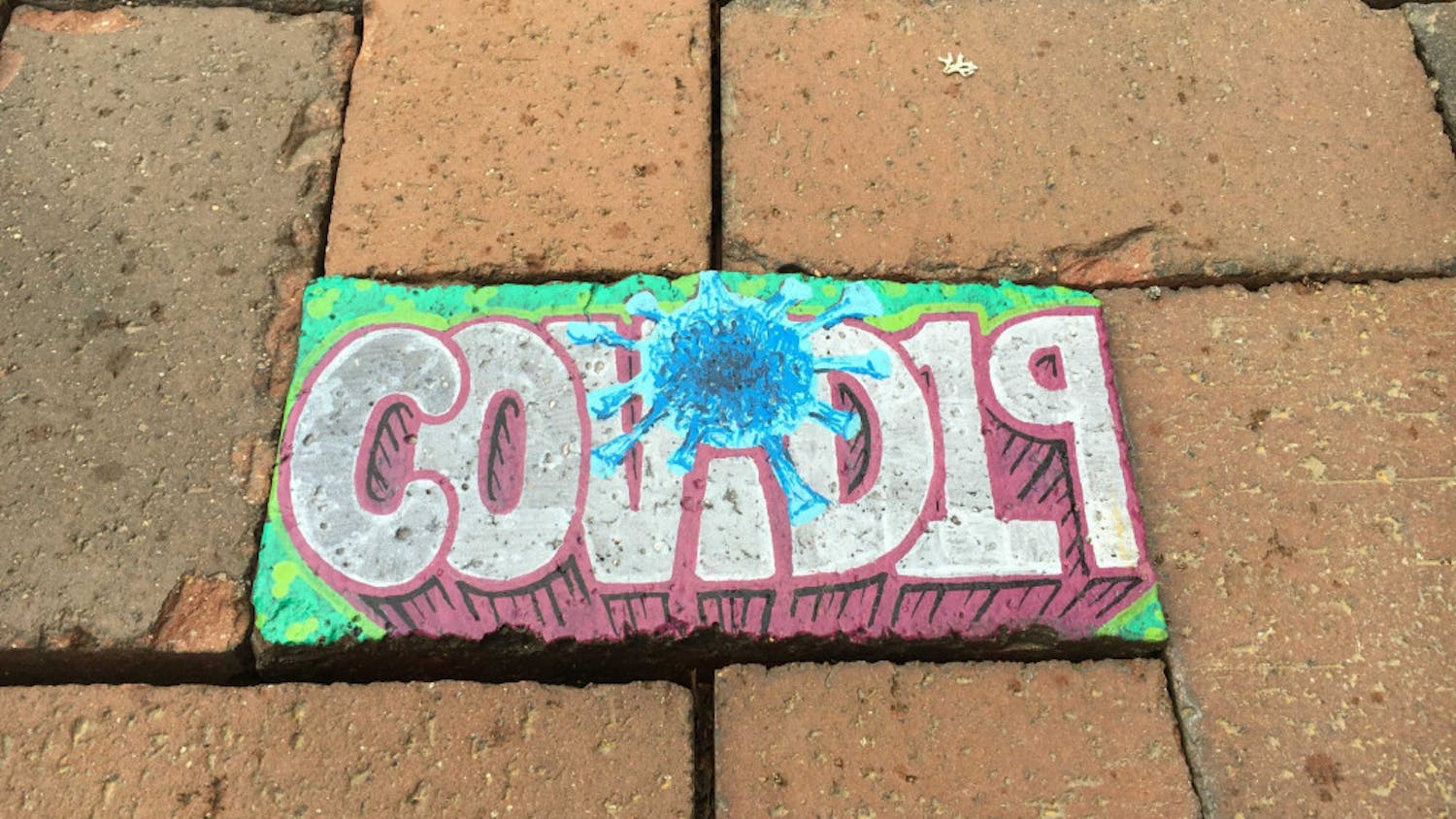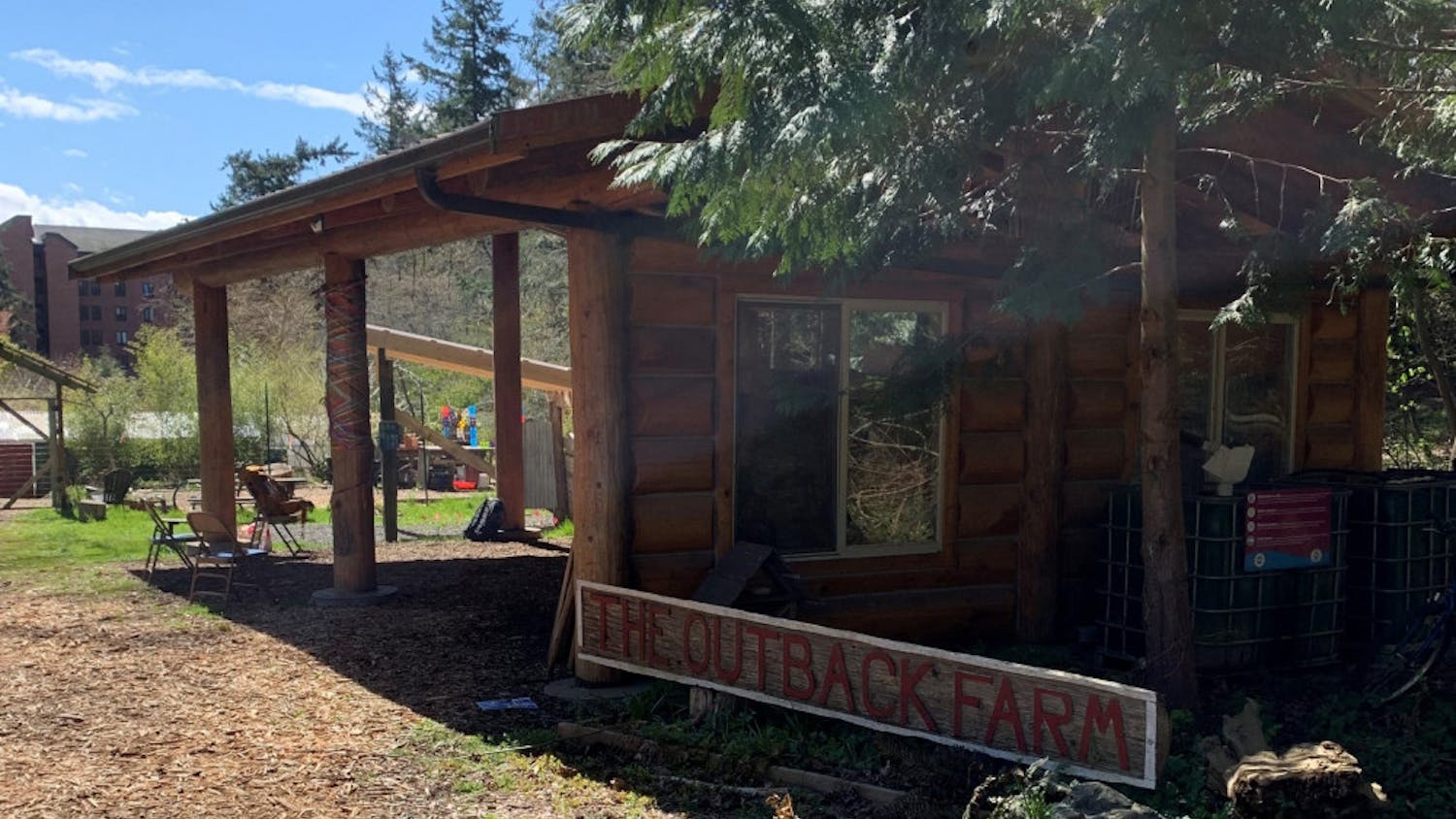
Three winners have been announced in the Amazon Catalyst Competition, a contest sponsored by Amazon that invited students and faculty to submit ideas for fighting food insecurity on campus.
The contest began in October 2019, and was judged by a six-person panel of students, staff and faculty. Entrants were asked to submit ideas that addressed the logistical challenges of providing food, different ways to engage with students, raise awareness and decrease stigma associated with food insecurity. This is the first Amazon Catalyst Contest to be held at Western. Amazon has previously sponsored similar catalyst contests at the University of Washington and Washington State University.
Associate vice president of Academic Affairs Brian Burton previously indicated that he hoped implementation of the winning ideas would be attempted in some way, but that the specifics would depend on the nature of the idea. According to Interim Director of Sustainability Lindsey MacDonald, who served as one of the six judges, the COVID-19 pandemic has complicated the process.
“The idea is that hopefully as many of the ideas as possible will be implemented, but particularly with the COVID-19 implications that timeline might be pushed out a little for those project teams, depending on what their ideas were,” MacDonald said.
The first place prize and $7,500 was awarded to Aztlan Chavez, Jennifer Kastner and Pablo Flores. The three students met during fall quarter, and entered the contest as part of an assignment for their English 307 class. Their winning proposal involves opening a new student store and a food pantry — called “The One and Only Pantry” — in the library.
A number of food pantries already exist on campus: outside Viking Union room 511, Communications Facility 527 and the Birnam Wood Community Building front desk. Kastner said these pantries sometimes have limited supply and aren’t very accessible. Having a free food pantry in a central location like the library would make it easier for students to find it and get everything they need in one place.
“The library would be an ideal place, or having a space in Old Main, since most of the student body has been to the building for one reason or another,” Kastner said.
Kastner’s team proposed that a student store, called the Better Union Market, open in the same location. The Better Union Market would be staffed by a new club called the Better Union Market Club, and would sell cheap, calorie dense food. All profits would be donated to the food pantry or used for gas. According to the proposal, money to buy food could also come from clubs and fundraisers.
Kastner said she struggled with food insecurity during fall quarter and relied on the on-campus food pantries as her main source of food during the day. She said the pantries were helpful, but hard to find and sometimes entirely empty.
“Having one large area dedicated as a food pantry will make it easier for students to get what they need and not have to worry if a pantry might be empty,” Kastner said.
According to the proposal, members of the Better Union Market Club would collect items from the various food pantries around campus and consolidate them in the new library food pantry. The pantry would focus on healthy, calorie dense foods like fruits, vegetables, cooking staples and proteins. To start with, students would be limited to seven items at a time to ensure food is distributed equally.
Kastner said she plans to use the prize money to help pay for rent, food and other supplies for herself and her family at home.
The second place prize of $1,500 was awarded to Laurel Peterson for her idea of building a smartphone app that would make it easier for students to find events on campus that offer free food.
In her entry, Peterson said the solution would make it possible for students who might otherwise be embarrassed to find events without needing to fill out paperwork indicating they are facing food insecurity. Peterson said it could also make it easier to attract students to events that typically have low attendance.
The third place prize of $1,500 was awarded to Digital Technologies Accessibility Coordinator David Engebertson Jr. who proposed using special tags that can be scanned by smartphones to label food, so menus and other nutritional information can be more accessible to people with vision impairment.
Engebertson himself is blind, and said the tags would make it easier for people like him to access information about food on campus.
“I’ve been buying food on campus for a lot of years, and I’ve always had troubles finding food. As a blind person, I spend a lot of time asking other people where certain foods are or what they have available. I think most of the time people don’t mind me asking, but I like to promote autonomy,” Engebertson said.
The tags Engebertson proposed using are manufactured by a company called WayAround. He said it would cost about $1,400 a year to implement them at Western, an expense he hopes his prize money could help cover initially. On April 24, Engebertson met with the lead developer at WayAround to talk about potential technical hurdles.
Kate Darbey, an environmental studies professor at Western, served as one of the six judges. Darbey said that when choosing winners, the judges tried to balance proposals like Engebertson’s that were small and tangible, with larger projects like Katsner’s, that were larger in scale and would take significantly more time and resources to implement.
According to Darbey, the judges made their final decisions on February 5, a little over a month before the COVID-19 crisis caused millions to file for unemployment. The number of people facing food insecurity in Washington state has doubled since the outbreak of the virus, according to a report from Philanthropy Northwest.
Kastner said now is an especially worrisome time for people facing food insecurity, and that she has seen an outpouring of support from the Bellingham community. The WWU Student Advocacy & Identity Resource Center has begun hosting weekly pop-up food pantries outside viking commons. Additionally, a number of mutual aid groups have been established in Bellingham neighborhoods to help deliver supplies to vulnerable residents.
Before the pandemic, Darbey said the judges were planning to hold an awards ceremony for the winners, which the other teams would also be invited to, along with representatives from Western’s Sustainability, Justice and Equity Fund. Darbey said this would have given the other teams an opportunity to interact with each other, and discuss other possible funding ideas.
Engebertson said the COVID-19 crisis has made him rethink his initial proposal. With the tag system he initially suggested, visually impaired users would have to use their hands to locate the tag, and then put their phone up against the tag to scan it.
“It’s kind of a peril of being blind, because I have to touch everything,” he said.
Engebertson said he is now looking into other options that could allow visually impared users to scan tags without physically touching them.
The judges received a total of 28 entries. Other ideas included a high-tech fish and vegetable farm, a social media education campaign and an expansion of the Western’s meal swipe donation program. Some submissions took a more confrontational approach and suggested that Amazon, the contest’s sponsor, solve food insecurity by paying its fair share of taxes.
“I think having a critical conversation about Amazon, especially during these times, is a fair thing to do,” Darbey said.
Darbey said that while the judges found these critical submissions valid and important, they ultimately didn’t score well in the feasibility category of the judge’s rubric.

Nate Sanford is the editor-in-chief of The Western Front and a fourth-year news/editorial journalism major. His reporting focuses on the environment, local politics, urban policy and anything else that matters. His writing has appeared in Crosscut, the Inlander, Whatcom Watch and at least one desk in Haggard Hall. You can find him on Twitter @sanford_nate and at natesanford.westernfront@gmail.com.





